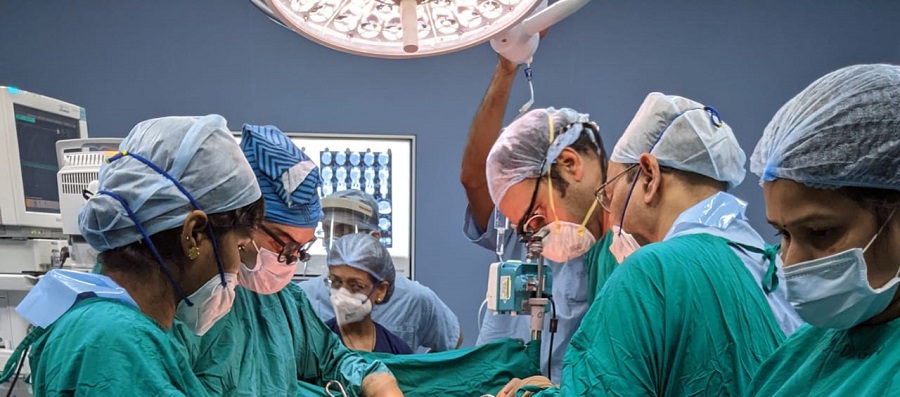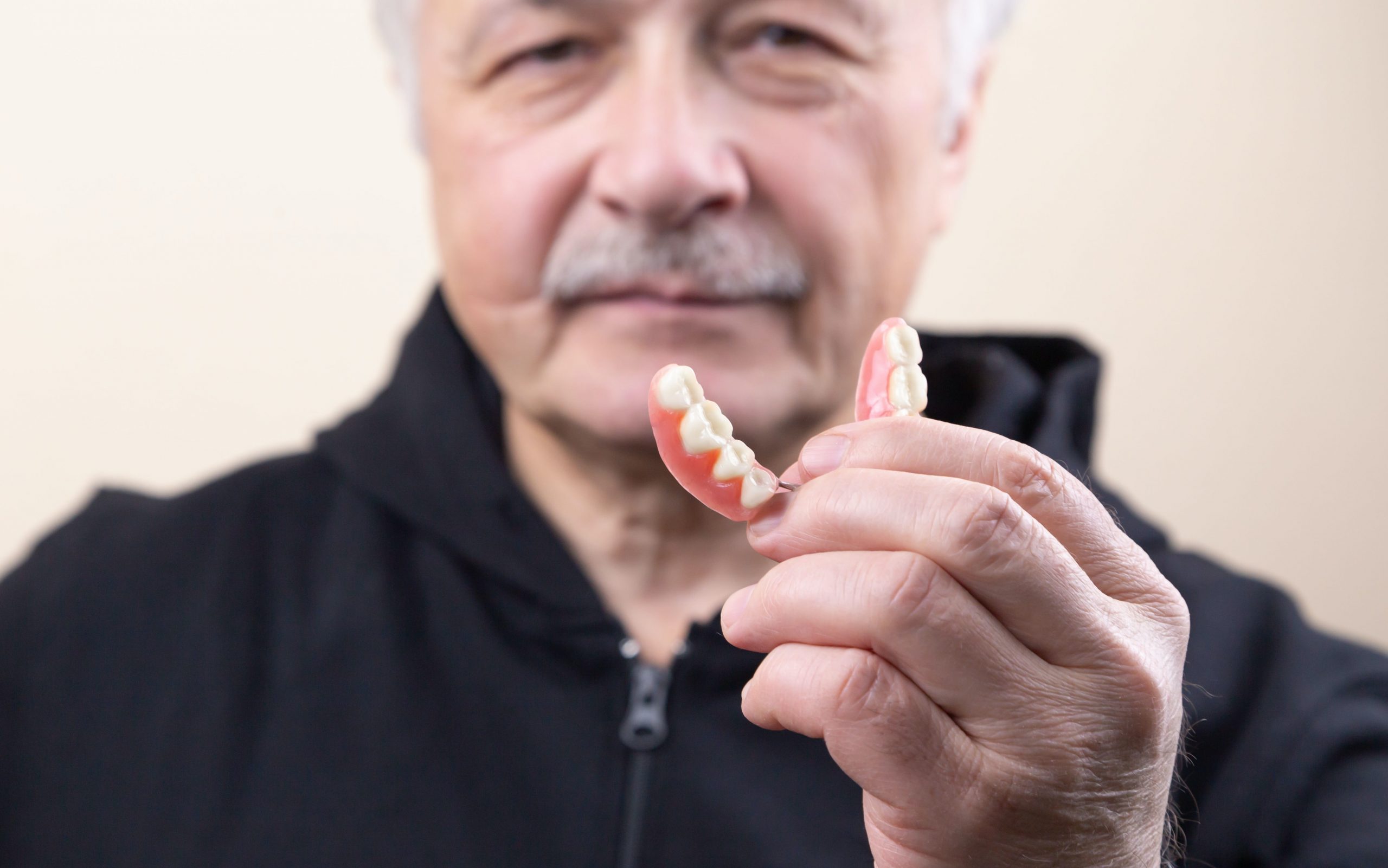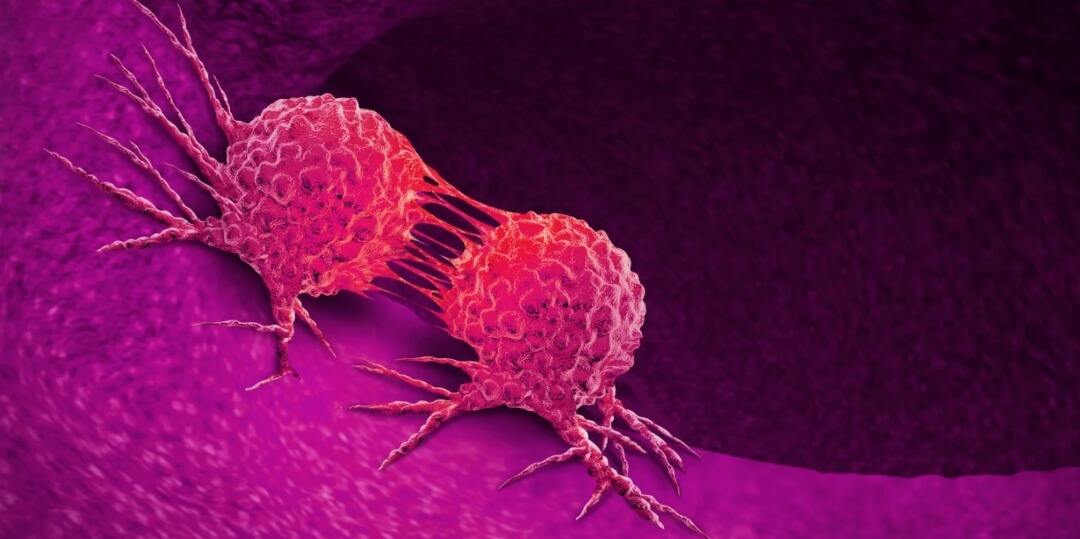
Artificial intelligence in urology – Current use and future directions
Artificial intelligence in urology has a proven record of application in the field of medicine and is used in various urological conditions such as oncology, urolithiasis, pediatric urology, urogynaecology, infertility and reconstruction. Urology is a specialty that has always been at the forefront of innovation and research and has rapidly embraced technologies to improve patient outcomes and experience. A positive trend has been exhibited by the advent and implementation of AI in urology with data available from several databases. The extensive use of big data for the diagnosis and treatment of urological disorders is still in its early stage and under validation. In future however, big data will no doubt play a major role in the management of urological conditions.
The evolution of smartphone technology and health-related mobile applications in medicine has radically altered health care for both patients and practitioners. Specifically in urology, intelligent software has been developed to aid in the management of urolithiasis, PCa, pediatric urology, female urology as well as for physician educational purposes. For instance, PCa-related mobile phone applications have shown to be useful in physician/patient education, clinician-patient communication, shared decision-making, and biochemical recurrence risk calculation.
The article reviewed 47 articles that reported characteristics and implementation of Artificial intelligence in urology – cancer. In all cases with benign conditions, artificial intelligence was used to predict outcomes of the surgical procedure. In urolithiasis, it was used to predict stone composition, whereas in pediatric urology and BPH, it was applied to predict the severity of condition. In cases with malignant conditions, it was applied to predict the treatment response, survival, prognosis, and recurrence on the basis of the genomic and biomarker studies. These results were also found to be statistically better than routine approaches.










